The Samsung Galaxy S23 Ultra could finally dethrone the iPhone as video king. Here's why
The biggest threat yet to one of the iPhone’s top strengths
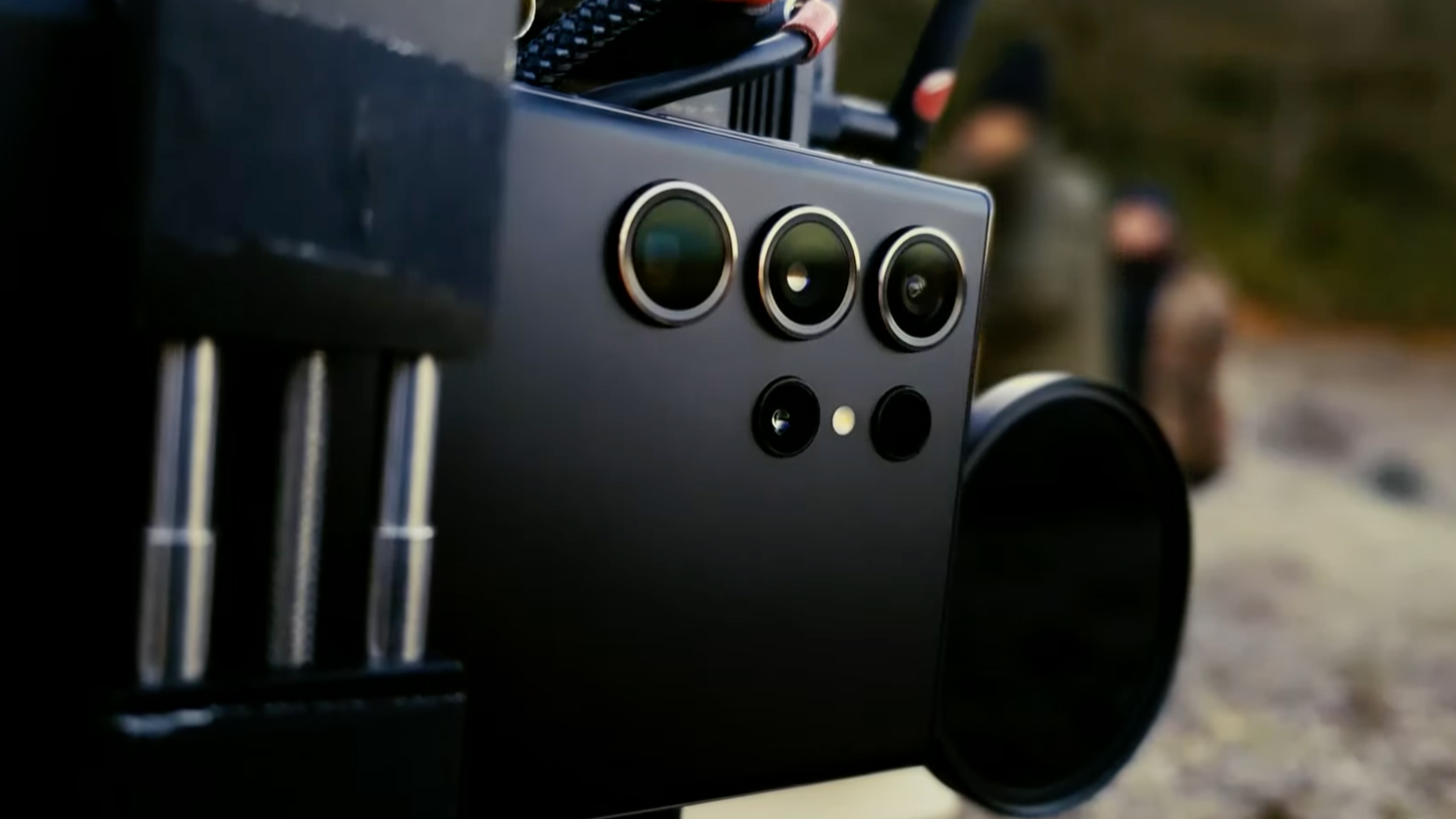
With Samsung’s Unpacked 2023 event now having come and gone, we officially have a concrete idea of what the Samsung Galaxy S23 series of smartphones will bring to the table – and consider us impressed.
That said, nothing managed to impress more during Samsung’s showcase than the cameras on the new S23 series, an aspect of the phones that the company repeatedly returned to, to emphasize throughout the majority of its event.
In fact, the presentation was so consistently focused on the S23’s cameras that you would have been forgiven for being under the impression that you were watching the unveiling of a new camera, rather than a smartphone.
And not by accident either, with highlights of the Galaxy S23 Ultra’s cameras, in particular, a keen example of the tech giant’s business savvy; with the phone not simply stealing the show but appearing all set to steal some thunder elsewhere too.
The incumbent champion
For years now, the iPhone has stood as the undisputed champion smartphone for filmmakers of all persuasions, including Hollywood professionals. Academy Award-winning director Steven Soderbergh is arguably the most prominent example to have shot an entire film (twice!) using only an iPhone, while 2013’s ‘Best Documentary’ winner – Searching for Sugar Man – was also partly shot with one of Apple's smartphones.
The value of the iPhone to cinematography and filmmaking has only enhanced since the release of these films, however, highlighted by the introduction of Cinematic Mode and Active Mode recording on more recent iPhone models.
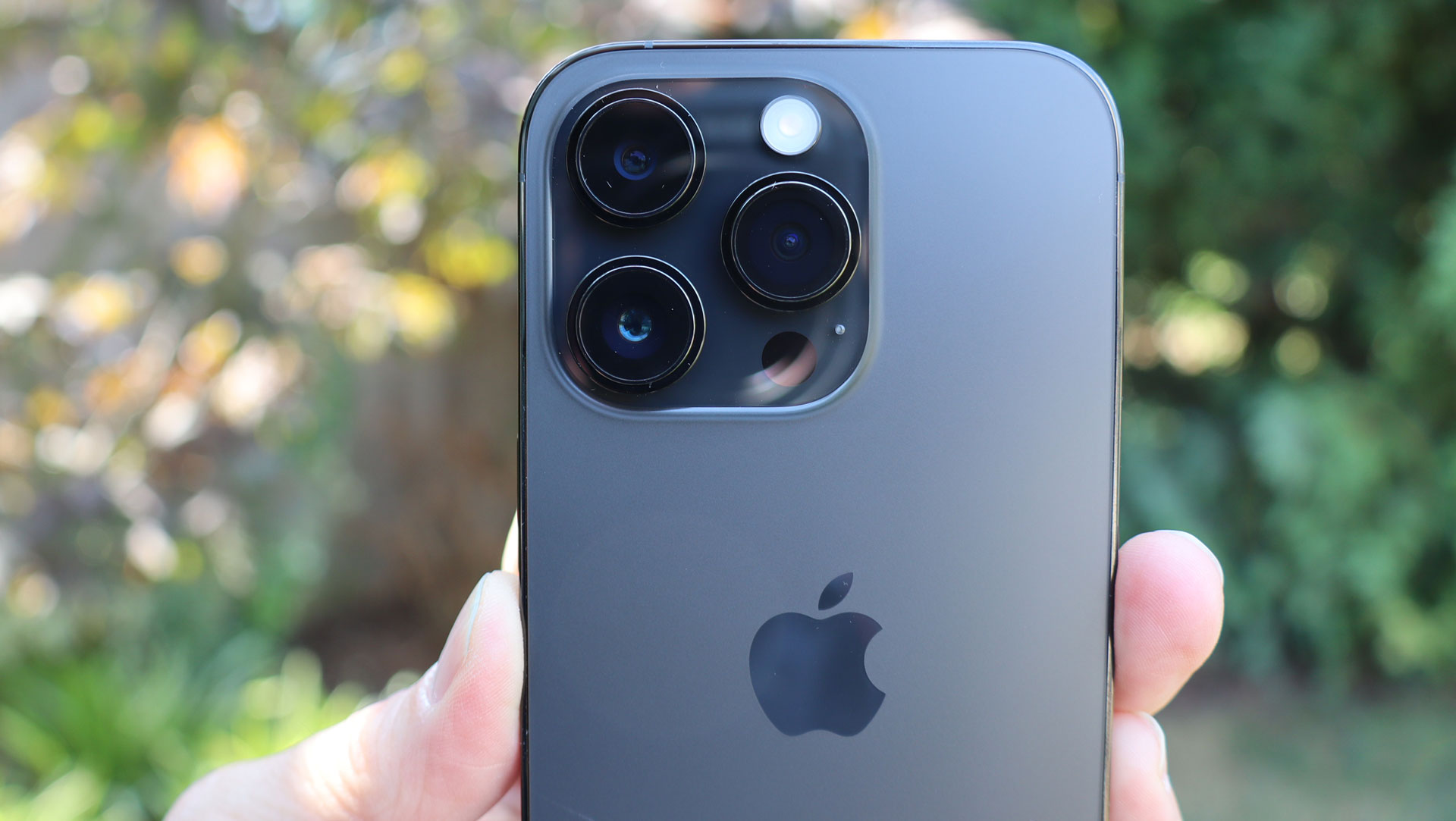
The first of these takes advantage of Dolby Vision HDR, in order to implement focus transitions designed to keep the subject of a recording in focus; enhancing its visual appearance by employing depth-of-field techniques to blur the background. Action Mode, meanwhile, contributes generous stabilization to offer steady filming, even during movement or activity.
Get daily insight, inspiration and deals in your inbox
Sign up for breaking news, reviews, opinion, top tech deals, and more.
Apple then upped the ante even further, beginning with 2021’s iPhone 13 Pro and iPhone 13 Pro Max, introducing its ProRes codec to the models. This enables professional quality, lossless video compression with resolution support up to 8K.
It also further secured the iPhone’s claim as the smartphone of choice for filmmakers – until now.
The new challenge to the throne
Not ten minutes into Samsung Unpacked 2023, a surprise name made his appearance to assist the tech giant in showcasing its latest flagship smartphones, with renowned film director Ridley Scott entering the fray.
Known for directing groundbreaking and hugely successful films such as Alien, Blade Runner, Gladiator and The Martian, Scott’s appearance at Samsung Unpacked was anything but a simple gimmick. Alongside cinematographer Flavio Labiano, Scott was introduced at Samsung’s showcase as having been challenged to shoot a short film using the Samsung Galaxy S23 Ultra and offer a unique behind the scenes perspective on the phone's filmmaking chops.
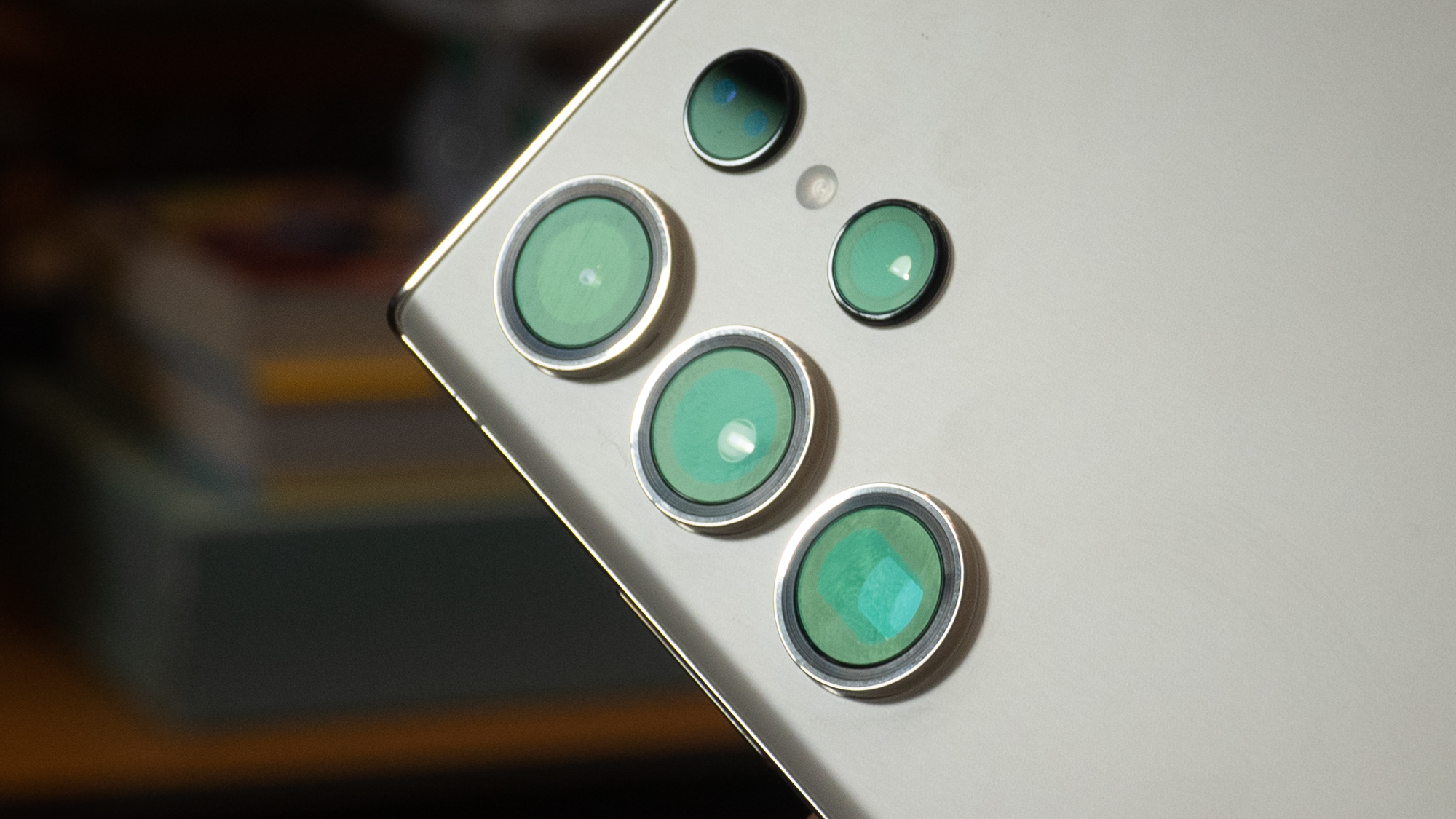
And the professional pair make a compelling case.
“At first, I feared it wouldn’t give me the range of options I normally have available when working,” said Labiano, describing his experience filming with Samsung’s latest premium smartphone. “But once I became accustomed to its settings, I was pleasantly surprised by how versatile it was.”
“Once I became more familiar with the S23, I was impressed with its capabilities, the quality of image and the dynamic range of the sensor.”
Scott was similarly impressed by the experience, speaking directly to the potential of filmmaking with a smartphone based on his time with the S23 Ultra by saying, “The scary thing is this small object is going to take the place of all the big cameras, which is great.”
Taking even a quick look at what the Samsung Galaxy S23 Ultra packs into its camera array and the new features introduced to elevate video capture reveal why a professional like Scott would be so impressed.
Video capture for the Samsung Galaxy S23 Ultra, for example, introduces what the tech giant calls ‘Super HDR’ – enabling the new smartphone to capture video with a wider range of light and dark tones, with a 12-bit dynamic range spectrum of colors along for the ride. The camera on the S23 Ultra has also been enhanced to absorb 2.5 times more light than previously, which allows for brighter footage.
And this technology isn’t reserved only for the S23 Ultra’s uniquely powerful 200MP main camera, with both the rear and front cameras capable of recording 'Super HDR' in 4K at 60 frames per second.
The S23 Ultra can also film in 8K resolution at 30 frames per second, with its exclusively-tuned chipset – 'Qualcomm Snapdragon 8 Gen 2 Mobile Platform for Galaxy' – allowing for a wider field of view when doing so which almost makes shooting in 8K worthwhile (if it wasn’t guaranteed to chew up your phone’s storage).
As a start, this would make a decent case on its own for the Samsung Galaxy S23 Ultra to challenge the premium iPhone models as the smartphone of choice for filmmakers – but more was still to come.
Shining in the spotlight
As Ridley Scott’s behind the scenes insights into filming professional film with the S23 Ultra came to an end, yet another surprise guest waited in the wings to expand on the topic even further. Like Scott, South Korean horror/film director, Na Hong-Jin was challenged by Samsung to shoot a short film using the Samsung Galaxy S23 Ultra and experience the device’s capabilities first-hand.
Primarily known as the director of horror films The Wailing and The Medium, Hong-Jin’s style of filmmaking is distinctly different from that of Scott's, relying much more on darker tones both thematically and literally, in terms of lighting.
“Filming a movie with a smartphone can seem simple at first. But we needed to ask ourselves, how does this change our production process? To deliver movie quality, what do we need to consider?” said Na Hong-Jin of his experience setting out to film with the S23 Ultra. “The biggest challenge was that most of the filming was to take place in an extremely dark environment.”
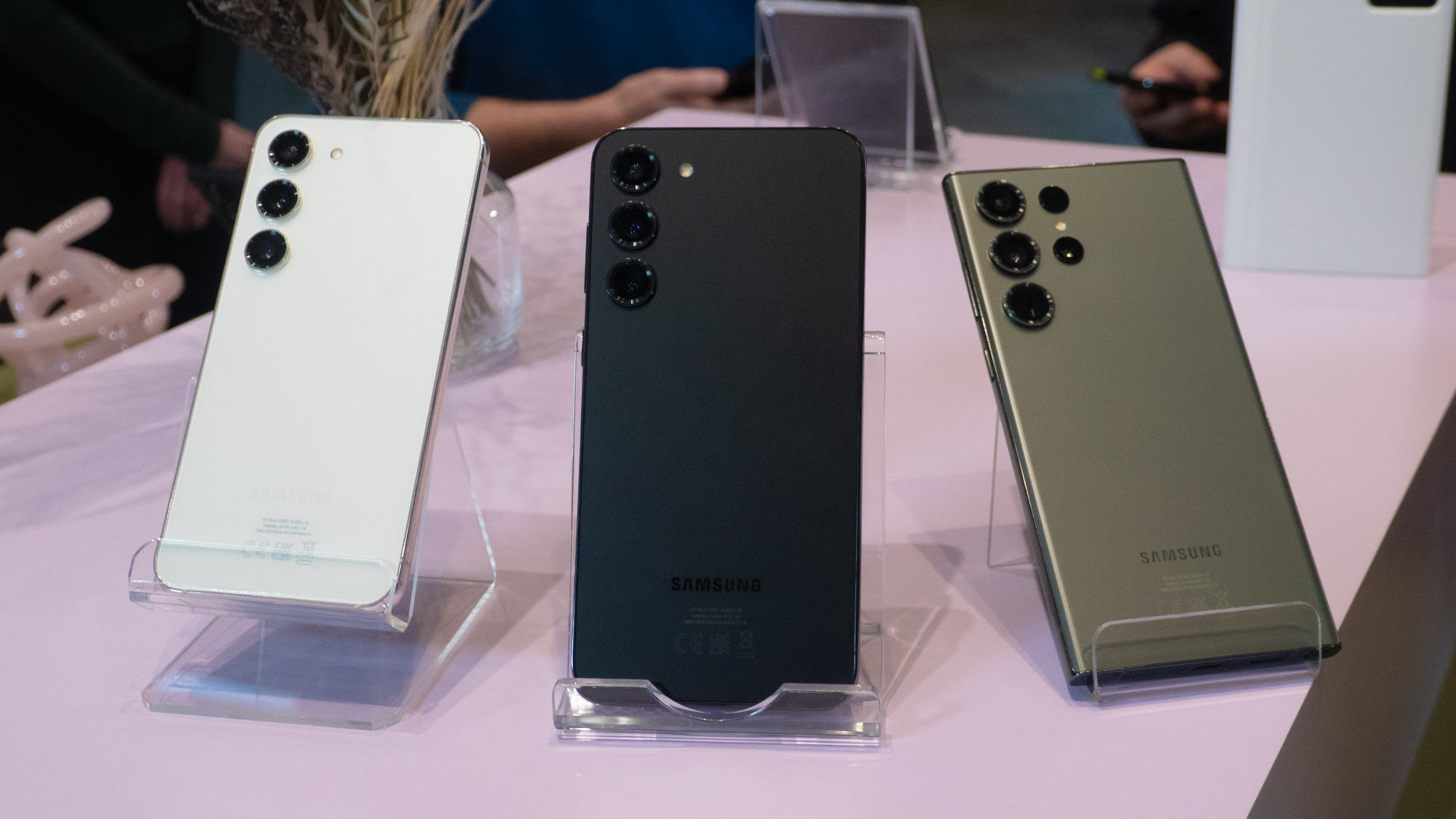
Joining Hong-Jin, highly regarded cinematographer Chung Chung-Hoon also highlighted the challenges shooting in such lighting conditions can pose for filmmakers, saying, “For projects like this, which take place in the dark, there are limitations to what cameras can capture. Usually, we would need to prepare more lighting to create a brighter filming environment.”
“But adding more lights can change the mood of the scene, altering the atmosphere of the director’s original intent.”
Enter the Samsung Galaxy S23 Ultra’s renewed attention to capturing accurate details in all manner of settings, employing a feature the company calls ‘Nightography’ to get the most out of filming in low light. Utilizing the dynamic power and capabilities of Super HDR, the S23 Ultra further shines when filming in low light, thanks to the addition of Adaptive VDIS (Video Digital Image Stabilization) to dynamically respond to the filming conditions, while a new image processing algorithm works to separate noise and details by performing multi-frame processing with AI.
Naturally, the results are hard to argue with, as Chung-Hoon affirms.
“Similar to how we approach such scenes with a traditional camera, we reduced lighting to accentuate the darkness of the scene,” said Chung-Hoon, recounting his time filming with the S23 Ultra. “Surprisingly, all the details in low light were clearly visible.”
Capturing video while in motion is also impressive with the S23 Ultra it seems, with Samsung having doubled the optical image stabilization (OIS) capabilities. OIS is a feature which enables a lens to adjust in the opposite direction of motion detected while filming, in order to stabilize the image, with Samsung granting the S23 Ultra a wider area in which motion can be offset (3-degrees, rather than 1.5 previously). The impact of such features and technology was on full display with what was shown of Na Hong-Jin’s S23 Ultra-shot short film Faith, with Chung-Hoon especially impressed by the smartphone’s ability to keep pace with the piece's creative ambitions.
“When filming with a smartphone, one of the biggest considerations is to avoid moving or panning the camera as much as possible. But for this project, you’ll notice that the camera is constantly moving,” said Chung-Hoon. “The Galaxy S23 Ultra was able to maintain focus while moving to create natural motion within the scene [and] surprisingly, it was able to shoot at 120 frames per second, similar to a professional, high-speed camera.”
“I believe that smartphone cameras have evolved to become powerful enough to create professional videos.”
Director Na Hong-Jin agrees.
“With all these features and performance improvements, smartphones have really come a long way to be able to produce movie-quality footage,” Hong-Jin concluded. “And with this smartphone, I can wholeheartedly say that you can create high quality content and I believe that everyone will be able to create amazing videos using these smartphones.”
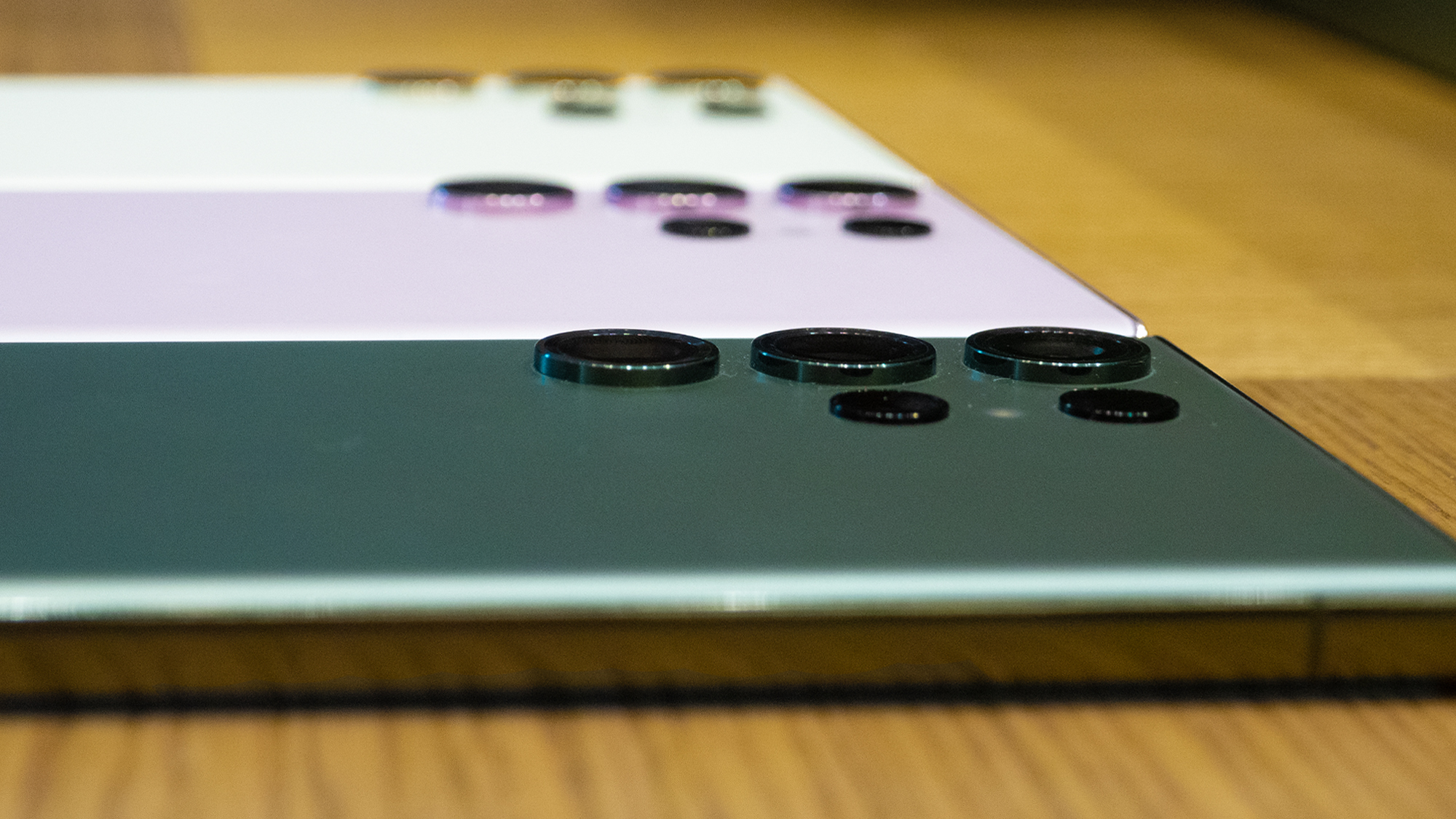
Altogether, the full picture of the improvements made to the cameras across the S23 series, especially the S23 Ultra, are undoubtedly impressive and more than enough to suggest Samsung’s latest premium smartphone as the best camera phone money can buy.
But in bad news for the iPhone 14 Pro series, the S23 Ultra also looks a lot like the best phone for filmmakers too, just ask the professionals.
If you want to know our final thoughts on this trio of new flagships, check out our Samsung Galaxy S23 review, our Samsung Galaxy S23 Plus review and our Samsung Galaxy S23 Ultra review for more.
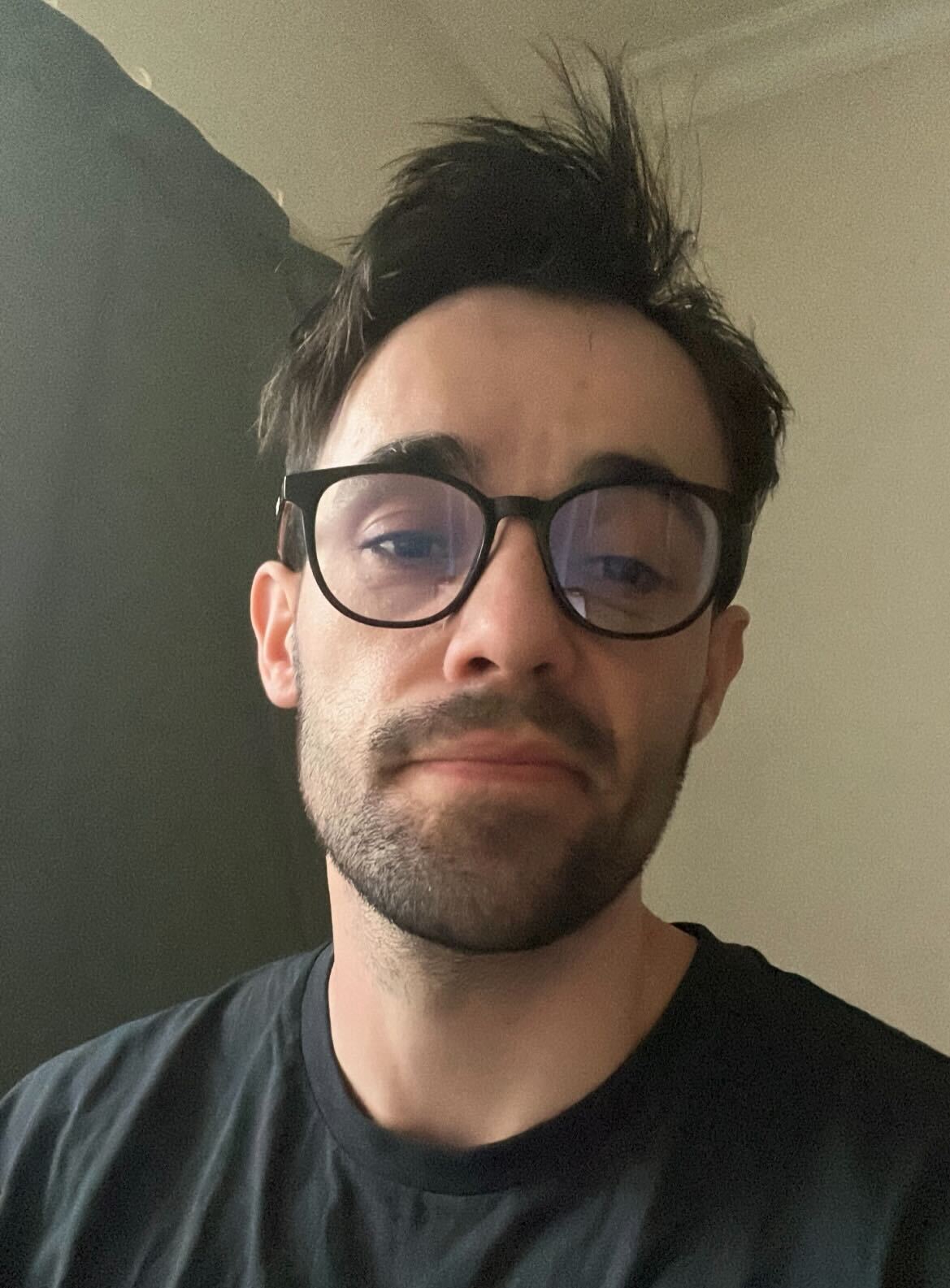
James is a senior journalist with the TechRadar Australia team, covering news, analysis and reviews in the worlds of tech and the web with a particular focus on smartphones, TVs and home entertainment, AR/VR, gaming and digital behaviour trends. He has worked for over six years in broadcast, digital and print journalism in Australia and also spent time as a nationally recognised academic specialising in social and digital behaviour trends. In his spare time, he can typically be found bouncing between one of a number of gaming platforms or watching anything horror.